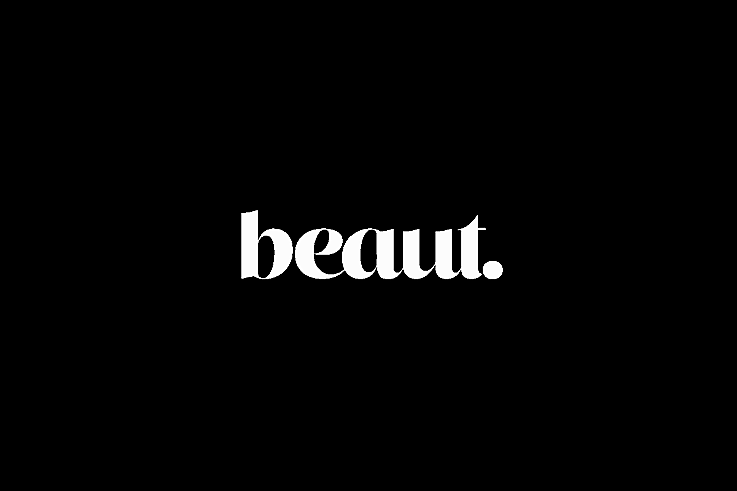
 One of the major influences on beauty and fashion during this period was of course the fact that England had a female monarch. Elizabeth ascended to the throne in 1558, and immediately began to set trends. Her ladies, her court and those further afield slavishly followed suit, and women everywhere strove to achieve her pale complexion, narrow brows and curly hair.
One of the major influences on beauty and fashion during this period was of course the fact that England had a female monarch. Elizabeth ascended to the throne in 1558, and immediately began to set trends. Her ladies, her court and those further afield slavishly followed suit, and women everywhere strove to achieve her pale complexion, narrow brows and curly hair.
Contemporary accounts tell us that Elizabeth was strikingly beautiful by the standards of the day, and early portraits of her when she was a Princess reflect this (see left). Her sister Mary was dark and dumpy, but Elizabeth was unusually tall for a woman, and had a porcelain complexion and vibrant red-gold hair. This was key in courtly society as an alabaster skin was considered highly desirable and a mark of good breeding and wealth.
Elizabeth loved fashion and was apparently quite vain. She was hugely proud of her teeth and even though the Elizabethans knew that the secret to healthy teeth was keeping them clean, this didn’t prevent teeth rotting and falling out. If this happened, dentures in the form of wooden or bone pegs were wired in, or the cheeks were padded with rags to give the impression of a full and healthy set.
The Elizabethans valued their hair, and as Elizabeth herself grew older she regularly supplemented her thinning hair with wigs and hairpieces. Hair was also adorned with jewels and pearls. This was common practice for nobility and the ruling classes but because hairpieces were expensive, it wasn’t something the man or woman on the street would have done. Eyebrows and foreheads were plucked to achieve the ideal - high foreheads and thin, arching brows were the look to be achieved. It was common for Elizabethan ladies to pluck as much as an inch of their brow hair back to achieve the desired effect. Ouch.
Advertised
Cosmetics were widely used in this period. Because diseases such as the plague and smallpox were rife and health care was poor or non existent, those who lived tended to look a lot older than their years. A smooth porcelain complexion was desired, and this was achieved by layering on an Elizabethan foundation called ceruse, which was a mixture of white lead and vinegar. They also used egg white to glaze the complexion, and this helped to fix the skin and hide wrinkles. Needless to say, this led to a whole host of other skin complaints which were ineffectually treated with lemon juice, honey, eggshells, rose water and even mercury.
Rouge was hugely popular, and cheeks were reddened with vegetable and animal dyes such as cochineal (from the cochineal beetle), madder (an Asian plant with a red root), and various ochres mixed with egg white to glaze them into place. Lips were also reddened, often by using vermillion, a red pigment derived from mercury sulphide. They also used kohl to rim their eyes and belladonna to give the eyes sparkle.
sources: rencentral.com, Elizabeth by David Starkey, I Elizabeth by Rosalind Miles.



